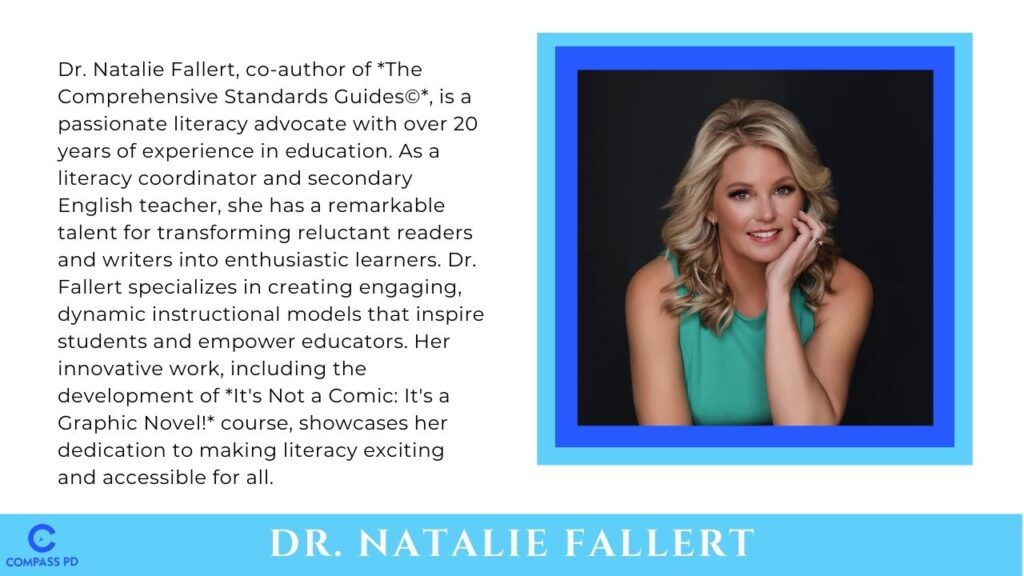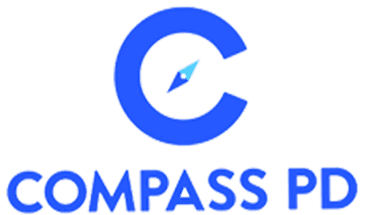Teach Don’t Assign: Creating Independent Learners
By Dr. Natalie Fallert
Teaching is similar to the famous Proverb: Give a man a fish and he will eat for a day. Teach a man how to fish and you feed him for a lifetime. It is a simple phrase, to teach, but many educators spend too much time giving students the information or answers versus actually teaching them how to do, find, and think independently.
Many secondary educators, especially high school, often assume students know how to read, write and think deeply. A hard truth, one that I have admittedly been a part of, is that we might not know how to “teach” the processes of reading, writing, and thinking or do not feel competent in teaching them. After all, we are content experts.
We can tell students the themes in a book or regurgitate the historical events. Oftentimes, we take for granted that just because students can read the words in a text they too can decipher its meaning and theme. Or if they can diligently scribe the notes from our lecture, they understand and can discuss its current relevance or connections between similar or even unrelated events or previous lessons.
Technology has made or is making content experts obsolete. What students need now more than ever are process experts. This doesn’t eliminate the need for content knowledge, but it requires a shift of focus or emphasis to the critical thinking process necessary for that specific content.
Let’s face it, how one reads a picture book differs from how they read a novel or a graphic novel. Reading a science book is different than a social studies book. It takes a content expert to help teach the process required to critically interact with a text, compose a text, or participate in a discussion in that content area.

I tutor kids in the ACT, and they obviously all know how to read, but the test requires students do be skilled at reading various genres and switching between those with automaticity. One of the strategies I consistently teach is HOW to read the test, which is different from test-taking strategies. I work with students on breaking down each section (English, math, reading, and science) explaining that each content demands a different process. Even within those four sections, there is another process. The ACT reading section always starts with a prose/fiction selection. The lens a student uses to tackle this passage is different than the others. Normally, there is a passage that offers two perspectives: again, this takes a different approach. When teaching kids the skills to tackle this test, I cannot rely on content knowledge because I will not know the exact content presented on the test, I have to rely on my knowledge of the process the content expects. This is a transferable skill or strategy I can teach so that students can apply this knowledge to multiple things.
If you find that despite your dedication and effort, your students are still falling behind or not progressing as expected, this might be the shift you need to overcome that obstacle. As you plan your upcoming lessons, ask yourself: What process is involved? What process can I teach to help students become more independent learners? For more insights on how this approach might look in different subjects or tasks, consider exploring our additional blogs on what teaching specific skills/strategies could look like in a secondary classroom.

